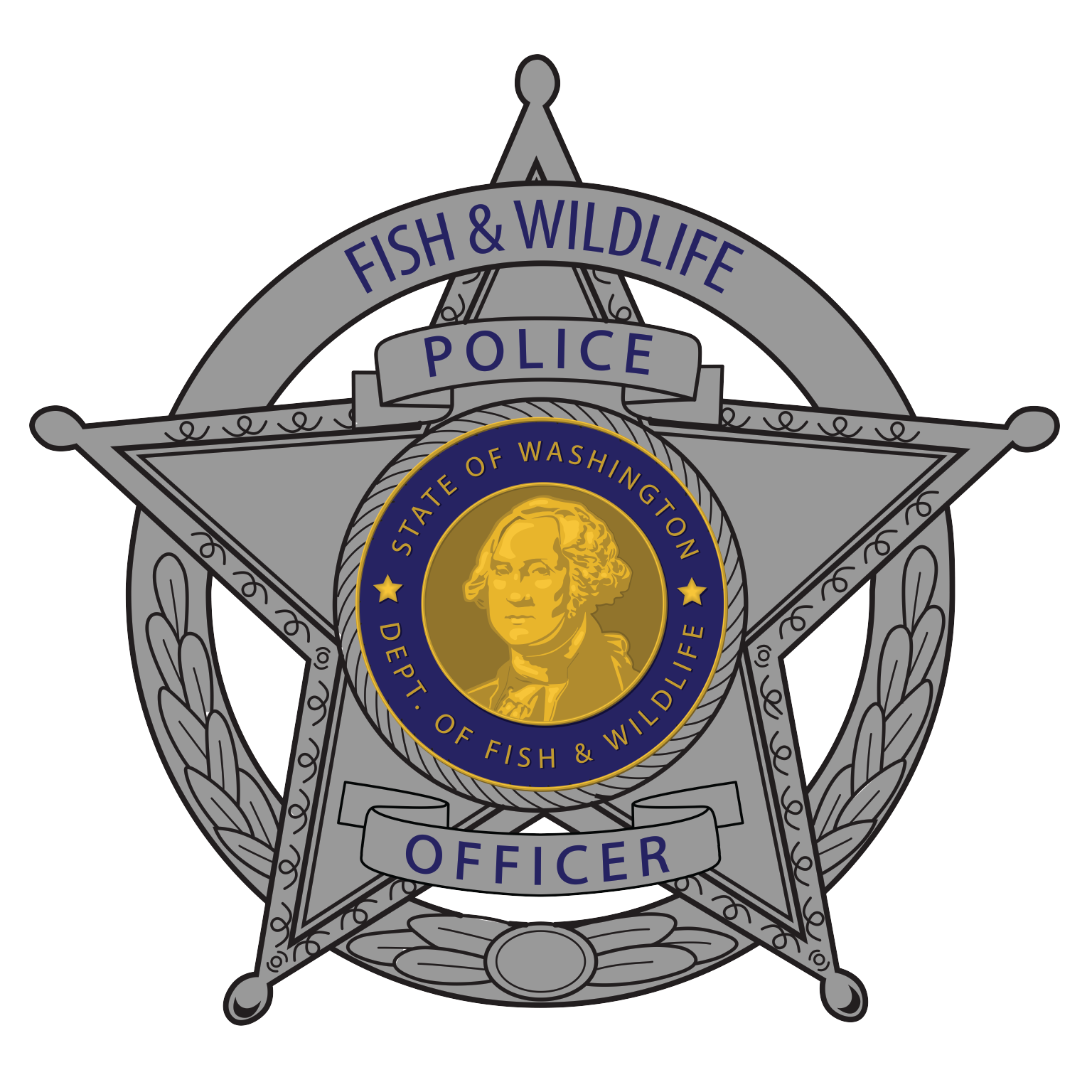WDFW statement Aug. 10, 2022
More information on why relocation or rehabilitation are not always options following bear incidents is available in this Aug. 10 blog post.
On Wednesday, Aug. 3 at approximately 8:30 a.m., Washington Department of Fish and Wildlife (WDFW) Officers received a report of a human-black bear incident that occurred on a trail in a forested area north of Lake Whatcom in central Whatcom County. The person involved is an adult male who was jogging on a trail. He sustained multiple injuries to his hands and feet and received medical care at a local hospital.
“We are extremely thankful that the victim is recovering and receiving medical care from this unfortunate encounter,” said Capt. Jennifer Maurstad, WDFW Police North Puget Sound Captain. “He did everything right during the incident and we wish him a speedy recovery. Wild animal encounters are unpredictable but, in most cases, they wish to avoid conflict as much as we do.”
The victim was released from the hospital later that afternoon.
That evening, officers with the use of a Karelian bear dog located and lethally removed an adult black bear near where the incident occurred.
In Washington state, the only recorded fatal black bear attack on a human was reported in 1974. Since 1970, state authorities have recorded 18 other human-black bear encounters that resulted in a documented injury. The most recent was in 2015.
WDFW officials offer the following advice to minimize the risk of injury if a bear is encountered in the wild:
In general bears avoid people, but they’re naturally curious animals. If a bear walks toward you, identify yourself as a human by standing up, waving your hands above your head, and talking in a low voice. Back away, avoiding direct eye contact. Don’t run from a bear. WDFW recommends making noise and leashing pets while hiking. Be aware of your surroundings as to not accidentally startle a bear. While recreating, WDFW recommends carrying bear spray that is readily accessible and knowing how to use it. More information on how to use bear spray is available on WDFW's blog.
For more information on living with black bears go to: https://wdfw.wa.gov/species-habitats/species/ursus-americanus#living
